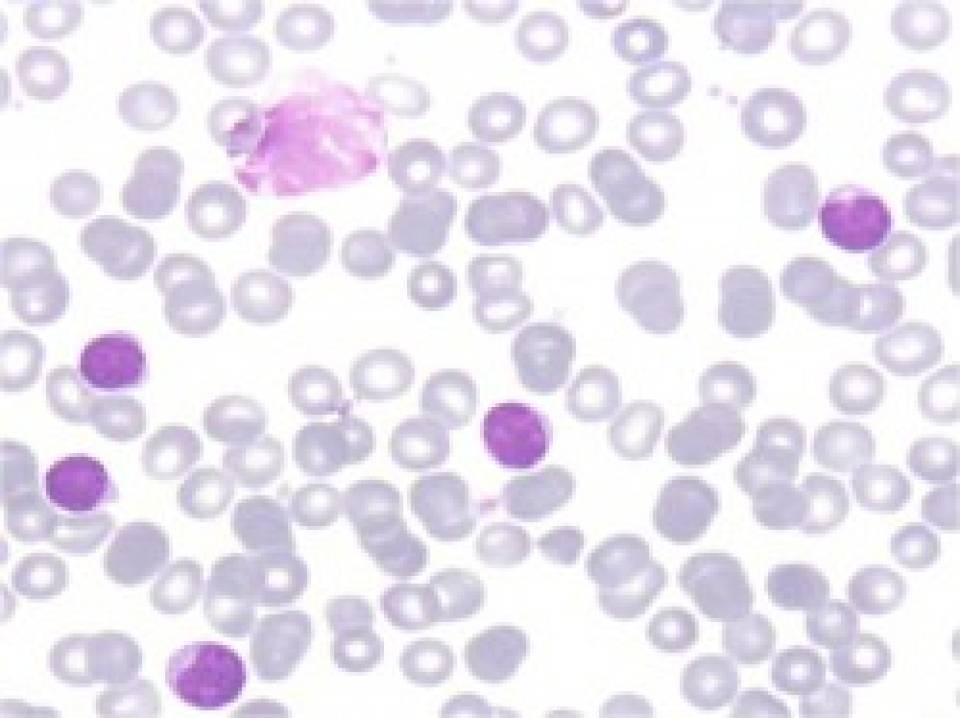Chronic lymphocytic leukemia (CLL) is the most common form of leukemia in Western countries. It affects one in 20,000 people of 50 years and reaches one in every 3,300 people over 80 years. Several recurrent chromosomal alterations are associated with prognosis and may guide risk-adapted therapy in each particular case.
In the study published in Genes, Chromosomes & Cancer, DNA from 180 CLL patients was hybridized to the new qChip®Hemo array, which contains a high density of probes covering frequently altered loci in CLL. "Overall, 86% of the cases presented chromosomic alterations. There was a high concordance between the results of the array and FISH and all discrepancies corresponded to subclonal alterations detected only by FISH", explains Dr. Lluís Armengol, scientific director of qGenomics. The array allows identifying certain abnormalities and genomic level of complexity that would have been impossible to detect by FISH technique. “Some of these alterations are related to the need of treatment or with a worse prognosis and the information provided by this array could be useful for selecting the most appropriate therapy for each patient”, says Dra. Sílvia Beà, researcher from the Human and Experimental Functional Oncomorphology team at IDIBAPS, and coordinator of the study.
This work results from a close and stable collaboration between IDIBAPS researchers and the company qGenomics and it represents the first evidence that this specific array could be used for the diagnosis of CLL. The array detects accurately, faster and in a single experiment, all the relevant changes regarding the number of copies, genomic complexity, chromothripsis events - massive breaks and rearrangements of chromosomes - not covered by the FISH panel. "This test can be used as a practical tool for stratifying patients with CLL either for routine diagnosis or clinical trials. We have shown that the qChip®Hemo array data are concordant with FISH. This new array can also detect other abnormalities with prognostic significance (not covered by FISH) and also complex rearrangement patterns", concludes Dr. Armengol.
Reference:
Salaverria I, Martín-Garcia D, López C, Clot G, García-Aragonés M, Navarro A, Delgado J, Baumann T, Pinyol M, Martin-Guerrero I, Carrió A, Costa D, Queirós AC, Jayne S, Aymerich M, Villamor N, Colomer D, González M, López-Guillermo A, Campo E, Dyer MJ, Siebert R, Armengol L, Beà S.
Genes Chromosomes Cancer. 2015 Aug 25. doi: 10.1002/gcc.22277. [Epub ahead of print]

